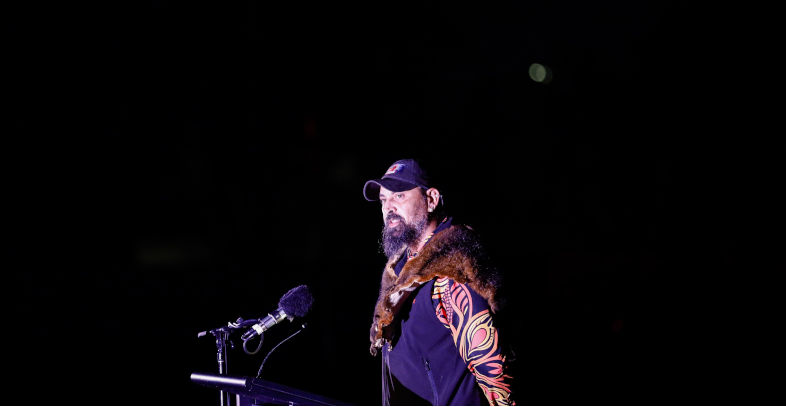From welcome to jeering: How disrespect spreads
April 30, 2025
Norms do not sustain themselves. They are shaped, modelled, and sometimes destroyed – publicly, rhetorically, politically.
At this year’s Anzac Day dawn service in Melbourne, a small group of attendees booed during the Welcome to Country. It was a jarring breach – not just of civility, but of the solemnity and peace the service is meant to embody. Yet, the more important moment came seconds later: fellow attendees told the hecklers to be quiet. “This is not the time or place,” they said. They were right.
They weren’t just restoring order. They were defending a civic norm that has been under sustained attack – not only from fringe elements, but from parts of our political mainstream.
Social psychologists Keizer, Lindenberg and Steg have described the cross-norm inhibition effect: when people see one social norm being violated without consequence, they’re more likely to break other, even unrelated, norms. In one study, people were far more likely to walk across a clearly marked “Do Not Walk on the Grass” area after passing graffiti. The graffiti didn’t authorise the behaviour – but it gave permission. The rules, it seemed, no longer applied.
The booing on Anzac Day followed the same logic. Over the past several years, especially during and after the Voice referendum, public rhetoric has repeatedly framed Aboriginal inclusion as divisive, unnecessary or politically suspect. Ceremonies like Welcome to Country have been trivialised as performative, and truth-telling has been dismissed as grievance politics. This is the cultural graffiti that weakens restraint.
Few have done more to legitimise this disrespect than Clive Palmer, whose recent advertisements thunder that “we don’t need to be welcomed to our own country”. This isn’t political commentary. It is a provocation – designed to rile, to inflame, to strip dignity from Aboriginal ceremony and identity. It feeds directly into the mood that made booing an Elder at dawn thinkable. Palmer’s role in degrading civic discourse is not incidental. It is deliberate, well-funded and corrosive.
The greater concern is that this form of public incitement has begun to bleed into national ritual. Anzac Day is not supposed to be a culture war battleground. It is a space for remembrance – one of the few civic moments where Australians come together in silence, not division. For pacifists, it is not about glorifying military service, but mourning war and recommitting ourselves to peace.
To jeer an Elder in that space is not only a breach of protocol – it is a failure of national character.
Many politicians responded with various levels of condemnation, but the moment called for more. Instead of offering platitudes, they should have upheld the people in the crowd who confronted the hecklers. Those individuals did what leadership so often fails to do: they held the line, calmly and firmly, when it mattered.
Pacifists have long understood that violence begins long before weapons are drawn. It starts in the erosion of dignity, in the silencing of history, in the mainstreaming of contempt. The booing at Anzac Day was not just rudeness – it was the echo of a broader campaign of disrespect that has played out in plain sight.
Norms do not sustain themselves. They are shaped, modelled, and sometimes destroyed — publicly, rhetorically, politically. If we are to preserve the shared spaces that hold our society together, we must stop pretending that those who deface them with slogans, smears, and dog whistles are harmless.
The jeering was disgraceful. But the crowd’s response was courageous. In a moment of tension, they reminded us what remembrance should mean: not just honouring the dead, but defending the dignity of the living.

